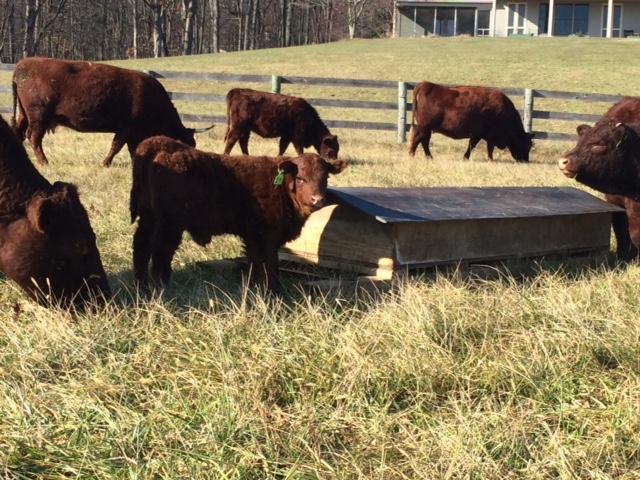
Monday, June 10, 2019 - There is an ongoing discussion on the merits of feeding minerals  consistently throughout the year or pulling them out of the lineup during certain seasons. Minerals are of critical importance during most of the year, but during the “off season,” it can be tempting for the thrifty producer to cut down on minerals to save money.
consistently throughout the year or pulling them out of the lineup during certain seasons. Minerals are of critical importance during most of the year, but during the “off season,” it can be tempting for the thrifty producer to cut down on minerals to save money.
Providing minerals during breeding season and through calving makes sense because many minerals play an important role in reproduction and overall animal health, but when the budget is tight, cutting minerals can seem like a good place to start. Producers with access to good forage in the summer months are presented with a seemingly ideal opportunity to trim their costs for a few months.
Kent Tjardes, a nutritionist with Purina Animal Nutrition, says, “During the summer, a lot of our grasses are good for phosphorous and calcium and some of the other macrominerals, but when you start looking at trace minerals and their impact on reproduction and health, most of our grasses are deficient in some areas,” he says. “To get the most performance out of cattle and to keep them healthy and avoid deficiencies where you’re trying to play catch-up later, it’s better to supplement year-round.” Selenium, zinc, copper, iodine, manganese, iron and cobalt are seven vital trace minerals that can be hard to come by during grazing season.
Tjardes advises producers to take a look at the downside to see what they risk by not feeding minerals. “You’re going to impact health, you’re going to impact reproduction, and those areas can get costly in a hurry,” he says.
He compares a mineral program to an insurance policy. “You really hate paying for it, but if you don’t have it, you can get hurt in a hurry. That doesn’t mean producers are confined to using the same mineral the whole year.
Daniel Rivera, beef nutrition specialist with Mississippi State University Extension, says the importance of feeding minerals year-round can be difficult for producers to grasp because the benefits of feeding minerals are not immediately apparent, especially in the short term and especially on the feeder and/or stocker level.
“I think a lot of times, minerals tend to get lumped into the idea of ‘we can fix it right now with minerals,’ but really, minerals are more of a long-term investment or strategy where you’re feeding the mineral now, understanding that you might not see immediate responses, but that response will come later on down the chain,” he says.
If producers are determined to trim their mineral feeding, collecting several forage samples in order to get an accurate pasture profile is key. “If producers are going to start strategically supplementing at certain times, they need to take pasture samples to get an idea of what minerals are available in their forages before we start trying to strategically remove the loose mineral from the cattle,” Rivera says.
“You have to use common sense. What producers need to do is identify times when they think they may want to pull the minerals and take samples around those times to see what you would be missing out on.” Rivera recommends contacting a local extension agent for help collecting samples and working with a lab to get your pastures analyzed.
Learn More at this Link